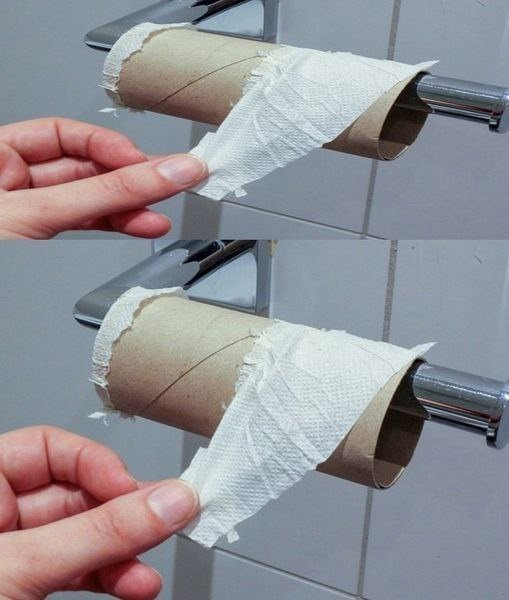ADVERTISEMENT
Towards more ecological and hygienic alternatives
Faced with the challenges posed by traditional toilet paper, more sustainable alternatives are gaining ground. Using soap and water, a common method in many countries, is considered more hygienic and environmentally friendly. The return to favor of the bidet, particularly in modernized versions such as in Japan, where toilets incorporating water jets are common, could mark a significant change in our bathroom habits.
The emergence of reusable toilet paper
Another innovation that could replace traditional toilet paper is reusable toilet paper. Made from washable materials like cotton, this product offers a sustainable solution that reduces waste and environmental impacts associated with the production of disposable toilet paper. Although this idea may be surprising, it represents a viable alternative that attracts interest for its ecological and economic potential.
Adoption and acceptability of alternatives to toilet paper
As we contemplate a future without toilet paper, one of the biggest questions remains the adoption and acceptability of these alternatives by the general public. Changing entrenched habits, such as the use of toilet paper, requires not only awareness but also easier access to these new solutions. Efforts to promote alternatives must be supported by information campaigns that detail the ecological and hygienic advantages of these methods compared to traditional practices.
Economic impact of change towards sustainable alternatives
Replacing toilet paper with more sustainable options could also have a significant economic impact. On the one hand, there is the potentially high initial cost of installing systems like bidets or purchasing reusable toilet paper. However, in the long run, these alternatives can offer substantial savings by reducing the need to constantly purchase disposable paper. Consumers and policymakers must weigh these factors to make informed choices that promote sustainability while remaining economically viable.
Challenges of transitioning to greener toilets
The transition to toilets using less or no toilet paper is not without challenges. It involves modifications to existing infrastructure, particularly in public areas and old buildings. Implementing such solutions requires not only an initial investment, but also planning to ensure the maintenance and accessibility of these facilities. These challenges must be addressed proactively to encourage a smooth and efficient transition.
For Complete Cooking STEPS Please Head On Over To Next Page Or Open button (>) and don’t forget to SHARE with your Facebook friends
ADVERTISEMENT
ADVERTISEMENT
